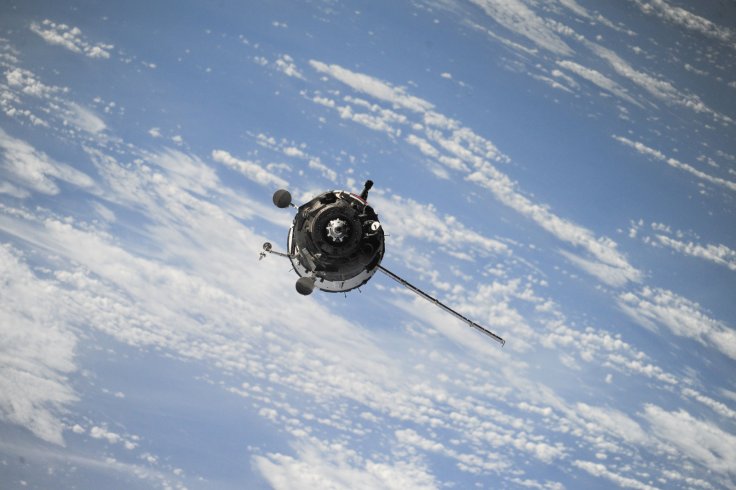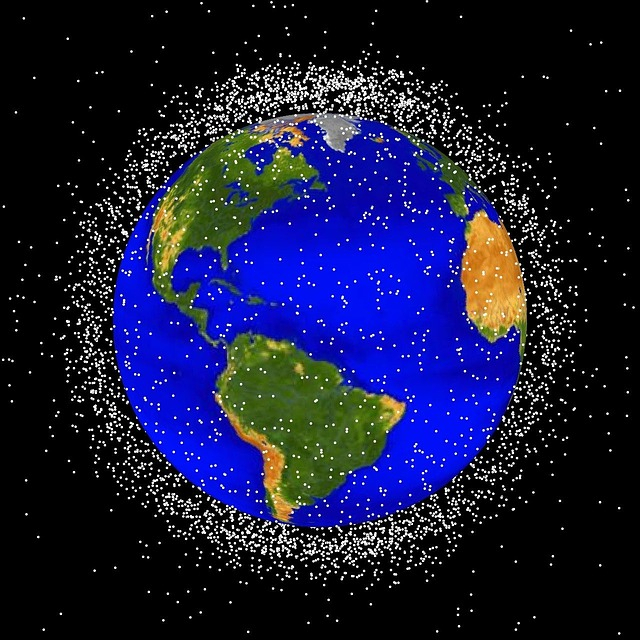A company in the U.S. that monitors the debris orbiting Earth has detected two dead satellites that could collide soon. The company warned that the fragments that would be produced by the collision could endanger active satellites and spacecraft in space.
The two satellites were identified as Infrared Astronomical Satellite (IRAS) and the Gravity Gradient Stabilization Experiment (GGSE-4). The former was launched in 1983 as the first space telescope while the latter was deployed by the U.S. Air Force in 1967 as an experimental satellite.

Near Collision Of Two Satellites
Recently, LeoLabs, a company that monitors space junk, reported via Twitter that the two inactive satellites would dangerously approach one another on Wednesday at 6:39 pm Eastern Time. According to the company, the two satellites are moving toward one another at speeds of almost 53,000 kilometres per hour. The near-collision is expected to happen somewhere over Pittsburgh.
Based on the data collected by LeoLabs, IRAS and GGSE-4 will fly past each other from a distance of only 15 to 30 metres. Although this may seem like a safe distance, the company noted that predicting the movements of objects moving at great speeds in space is very challenging. In addition, there are factors in low-Earth orbit that could still affect the movement of the two satellites.

Dangers Of Space Debris
Dan Ceperely, the CEO of LeoLabs, said that if the IRAS and GGSE-4 end up hitting one another, the resulting collision would produce thousands of new space junk pieces. Aside from adding to the growing problem of orbital debris, the new pieces could endanger the active satellites and spacecraft that operate in low-Earth orbit.
"There would be thousands of pieces of new debris that would stay in orbit for decades," he said, according to Space.com. "Those new clouds of debris would threaten any satellites operating near the collision altitude and any spacecraft transiting through on its way to other destinations. The new debris [would] spread out and form a debris belt around the Earth."









